How travel brands can ride the storm

Curtis Nishijima, managing director EMEA at data travel co-op ADARA, explores how travel brands can future-proof themselves amidst the current uncertainty.
With Thomas Cook falling into administration, and ongoing uncertainty around the future of the UK’s relationship with the EU, it’s unsurprising that there has been a level of cautiousness for travellers booking trips, especially across EMEA. The Office for National Statistics (ONS) has found that the number of holidays abroad fell by 2% to 14.3 million for the three-month period between May and July compared with the previous year. Business trips also dropped during this period, falling 10% to 1.6 million visits. The fall in demand requires a shift in thinking for travel marketers, who will need to work harder in order to keep or grow their market share. It’s not just bookings that have decreased, our own research showed that the number of travel searches in the UK has also decreased by 23% year on year.
Travel marketers now must find better ways to utilise their high-end traveller intelligence. Airlines are looking at ways to increase the value of customers who fly frequently, and those who have the potential to spend more in future, to book flights with them. While travel marketers already identify valuable travellers through booking and loyalty behaviours, they also need to make a bigger commitment to knowing more about their customers in order to drive purchased and deliver truly relevant and personalised marketing efforts.
The importance of understanding customers
Travel marketers can use data to tailor messages and target customers. Data points such as bookings, interactions with customer service, searches and more can be used to optimise marketing plans which are relevant to specific customer wants and needs. However, despite having a large number of data points, travel brands are limited in the true understanding of their customers. This data only provides one or two dimensional views of a traveller’s’ preferences; marketers may not know if they prefer package holidays over solo travel or city breaks over seaside resorts. Travel marketers, therefore, need to be active in finding out more about their customers in order to deliver relevant messages.
An example of a travel brand using data well is Wyndham. The hotel chain partners with media publishers in order to gain insights from second-party data. The partnership gives Wyndham information on what articles consumers read and what brands they are interested in by using data supplied by the travel websites that Wyndham partners with for advertising. The data partnership is also combined with third party data on general booking and travel behaviour in order to obtain a complete view of their customers. Overall the partnership allows Wyndham to deliver results in personalised and relevant messages.
Marketers can also obtain a more rounded view of the traveller through partnerships with data gathering programs. Two examples of this are ReviewPro and GuestFolio. Both products allow travel brands to ask specific questions about preferences pre and post visiting a hotel. For example, travel brands can ask what type of city they would like to visit and what offers they’d like most.
Target high-value travellers
Customer loyalty is an important tool for travel businesses to utilise in order to future-proof themselves. Higher tier travellers signed up to loyalty schemes are more likely to respond to personalisation than lower-tier members, or travellers with no membership programme, according to research conducted in 2017. In addition to this, the higher the tier of traveller, the more personalised experience they expect.
The more data that travellers provide, the more they expect in return, which is indicative of the need for a clear value exchange. Travellers expect marketers to use this data to deliver more relevant and timely offers. But, the data that brands hold is not always enough to deliver this experience, and travel marketers must combine their loyalty programme data with other sources to allow them to build a better understanding of the needs of the individual customer and specific travel preferences.
By better understanding their customers, travel marketers can send relevant messages to travellers based on their spending habits. For example, marketers can identify high spending travellers by looking at customer rewards such as points and miles and how often they redeem them. They can also look at how often customers book last minute flights as well as how often they cancel, upgrade or complain. These data points can be used to build an image of high profile customers, which in turn can be used to trigger actions like personalised emails and special promotions.
Personalisation isn’t just for loyal customers and members of the loyalty programme. Some of the most valuable customers may not yet be members, but still value personalised messages, showing that you value their business. Ultimately, this will keep the travel brand front of mind when customers are deciding how to book for their next trip.
#IMatter
The majority of travel programmes provide different ways for members to redeem miles or points, but very few are personalising their programme. We must start to consider adapting our messaging and offers to be based on the wants and needs of a particular customer. Ignoring this can make travellers feel irrelevant and ultimately disengaged from the brand.
One area this can be easily implemented is through the perks that airlines offer. It is easy to assume that all passengers want the same thing, more legroom. But for some, a window or aisle seat might be more important. Travel brands should tailor different types of perks to the individual customer, which will make them feel more important. The end goal is to create a more tailored loyalty scheme which fit the needs of the individual customer, rather than trying to deliver a one size fits all approach for efficiency.
Customers have so much choice when it comes to travel brands, and they have less time, less patience and higher expectations than ever before. It’s hard for them to cut through the dozens of messages they receive daily when making travel decisions. Ultimately, poor marketing messaging could potentially push them into the arms of a competitor. Travel brands have the opportunity to take a data-driven, customer centric approach across their entire marketing plan for travellers with relevant messaging which engage them with the brand, and ultimately drive long-term brand loyalty.
Bev
Editor in chief Bev Fearis has been a travel journalist for 25 years. She started her career at Travel Weekly, where she became deputy news editor, before joining Business Traveller as deputy editor and launching the magazine’s website. She has also written travel features, news and expert comment for the Guardian, Observer, Times, Telegraph, Boundless and other consumer titles and was named one of the top 50 UK travel journalists by the Press Gazette.
 United Kingdom
United Kingdom United States
United States Asia Pacific
Asia Pacific


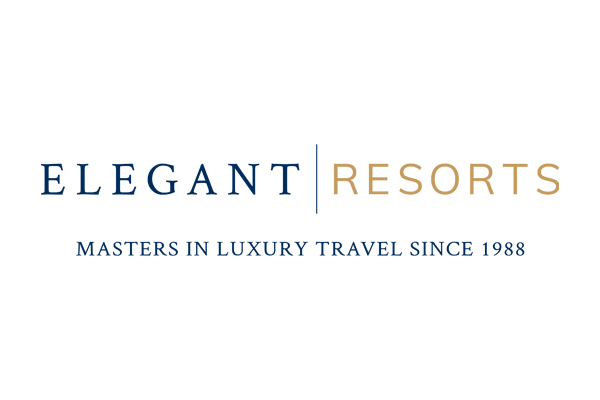
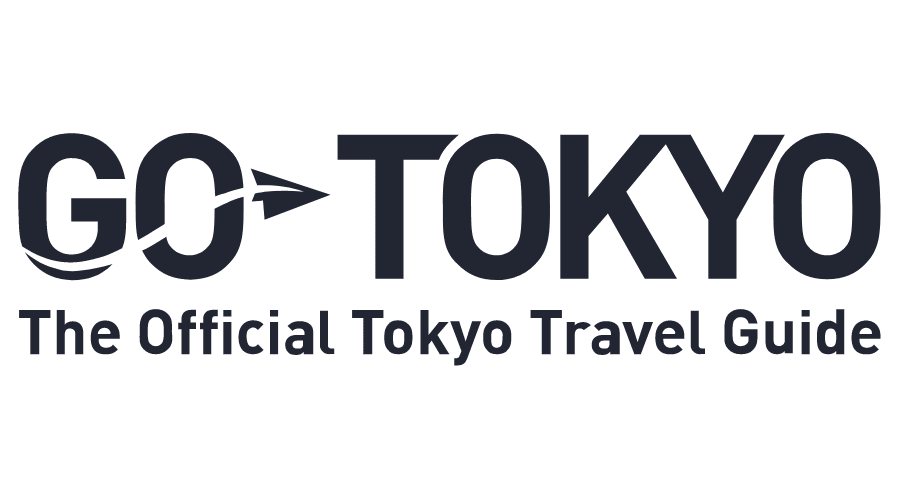





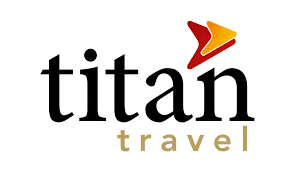
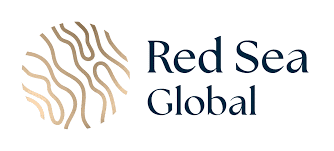

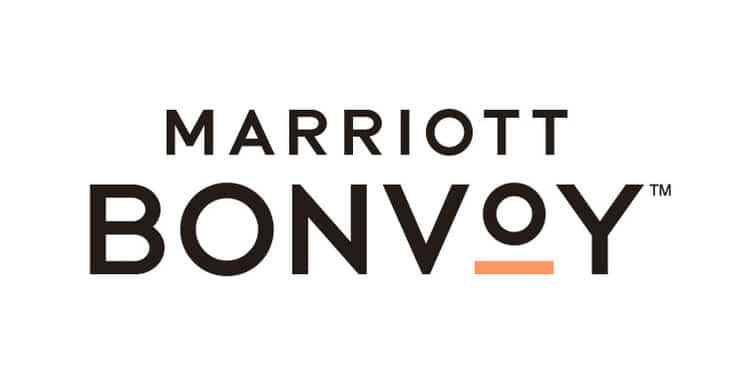


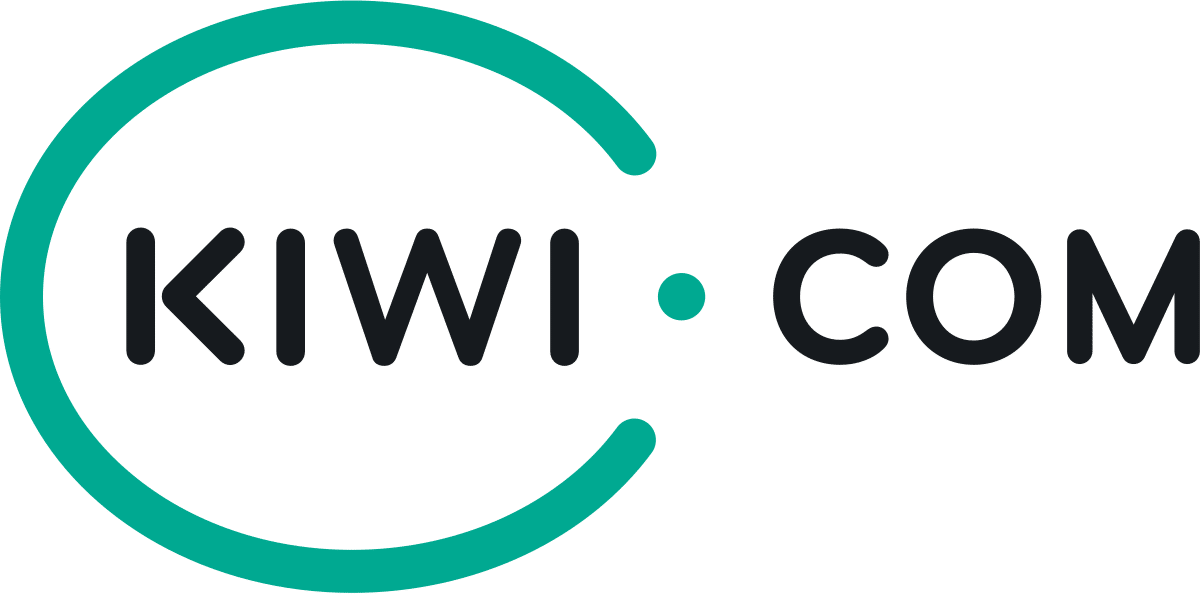




























Dozens fall ill in P&O Cruises ship outbreak
Turkish Airlines flight in emergency landing after pilot dies
Boy falls to death on cruise ship
Unexpected wave rocks cruise ship
Woman dies after going overboard in English Channel